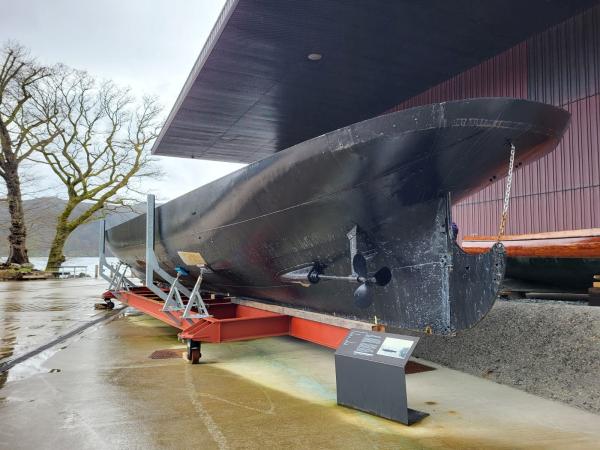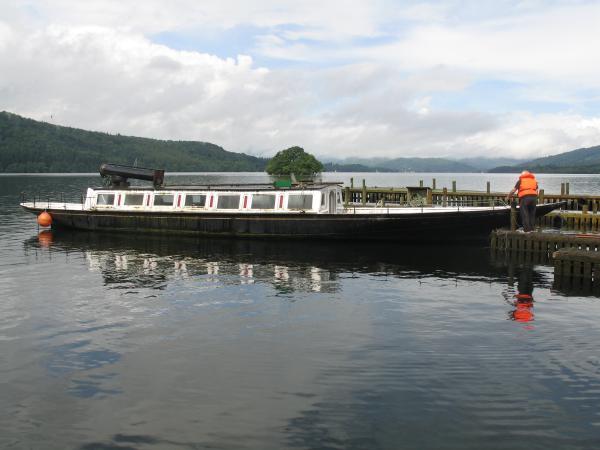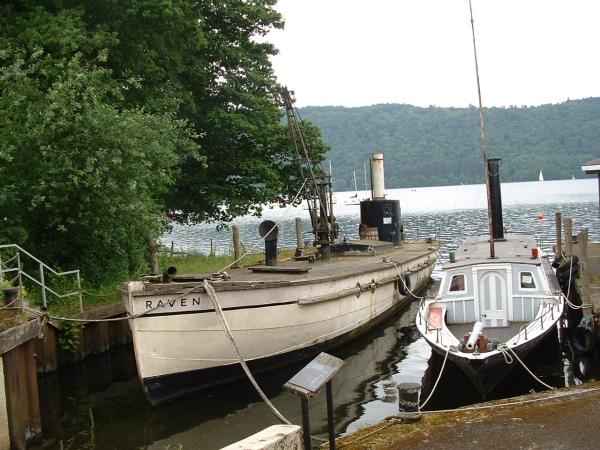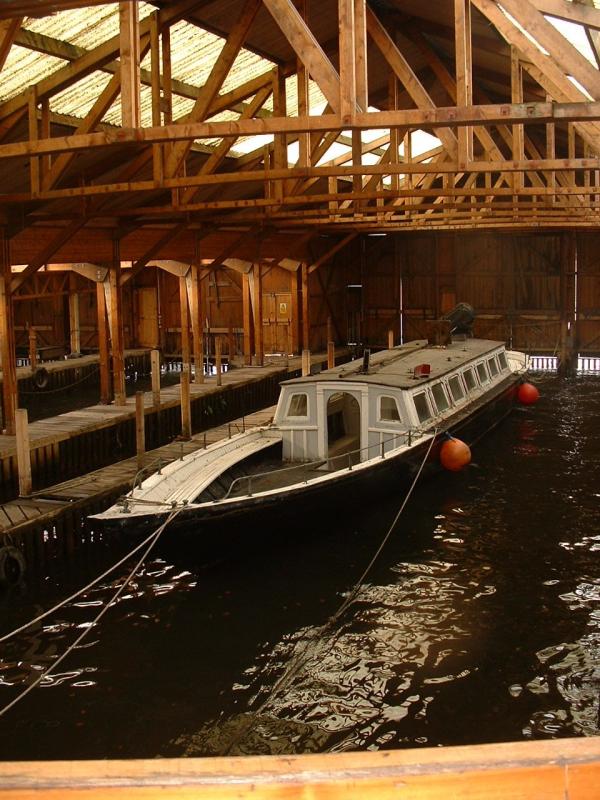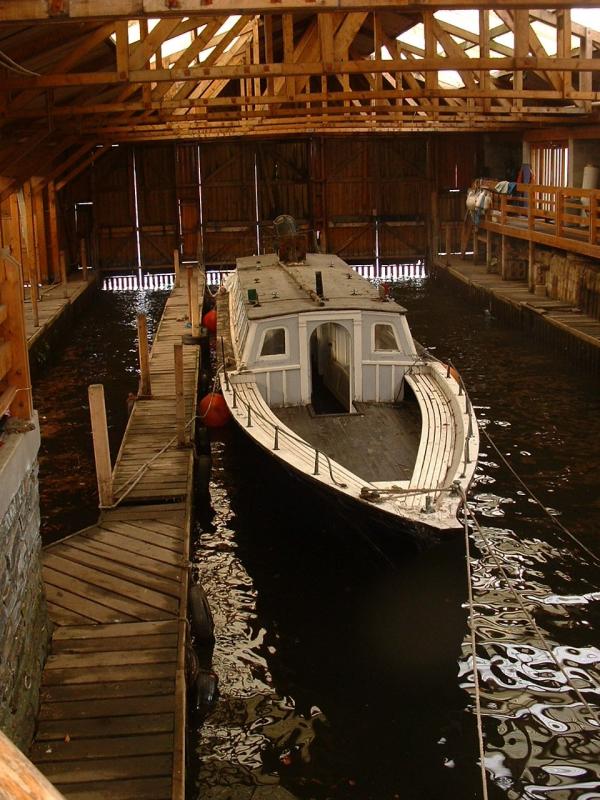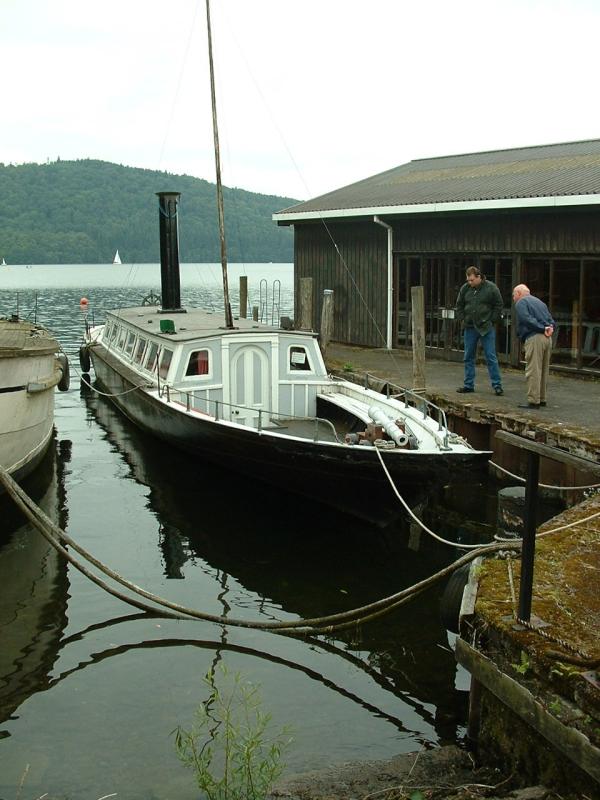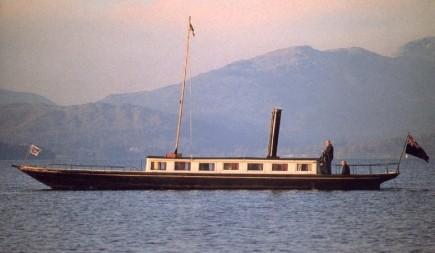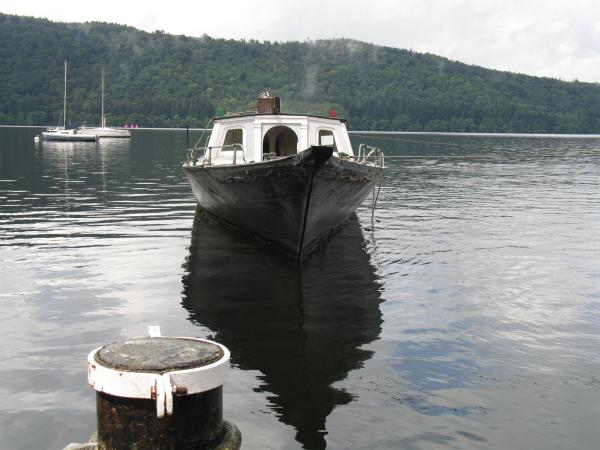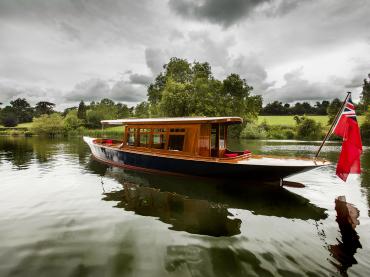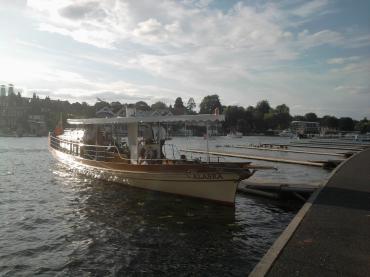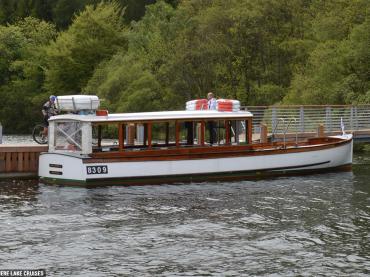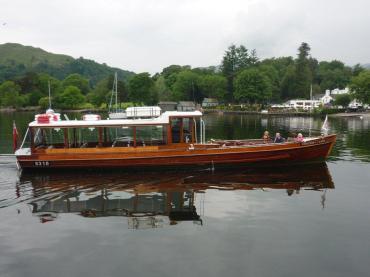

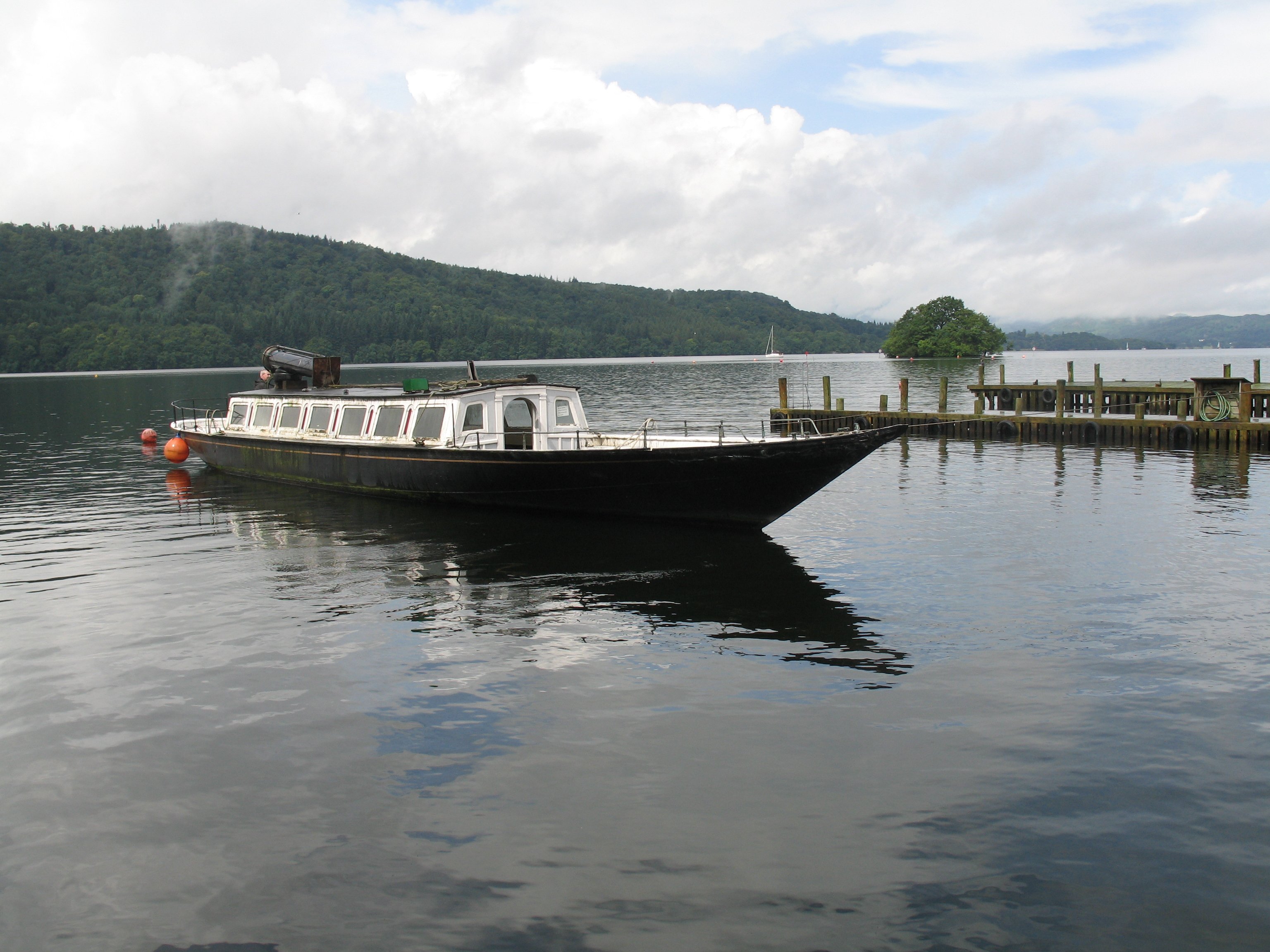
Details
Construction
Dimensions
History
ESPERANCE is the oldest boat on Lloyd's Yacht Register and thought to be the first twin screw steam yacht was built in 1869 by T. B. Sheath & Co, Rutherglen for the Furness industrialist H.W. Schneider. She was transported to Barrow-in-Furness and then brought by train to Lakeside. The double railway track had to be specially singled under the bridges to let her through. Her hull is of the highest grade iron made by one of Schneider's companies and the riveting is counter sunk to give an entirely smooth finish to the outside of the hull. By 1900, ESPERANCE was owned by the Ferry Hotel and conveyed visitors and locals to the hotel for afternoon teas. Hotel guests were ferried up the lake in ESPERANCE for morning service at Wray Church. Later, ESPERANCE became best known as Captain Flint's houseboat in the Arthur Ransome's classic children's novel 'Swallows and Amazons' and she was used as such by the BBC in their film adaptation. In 1941, ESPERANCE sank in 20ft of water but was successfully salvaged by T.C. Pattinson despite the wartime shortage of tackle. Her steam engine was scrapped before the war and a petrol engine installed.
Significance
What is the vessel’s ability to demonstrate history in her physical fabric?
ESPERANCE was built by T B Seath at Rutherglen for the great industrialist HW Schneider and was constructed of the highest grade iron produced by his own companies. The riveting was countersunk to give an entirely smooth finish to the outside of the hull. She was transported to Windermere in 1870 where, after operating on the lake for more than 50 years, her engines were removed when she was sold to become a houseboat in the 1920s. Whilst ESPERANCE has not now steamed for more than 80 years, she has managed to retain the distinctive appearance of a grand mid-Victorian lake yacht from her pre-houseboat days which denotes her significance.
What are the vessel’s associational links for which there is no physical evidence?
ESPERANCE was brought by train to Windermere and the double railway track had to be specially singled under the bridges to let her through. She became H W Schneider’s personal luxury water taxi and was used to take him from home to the rail head at Furness on a daily basis. From 1870 to 1887, ESPERANCE was owned by Sir Kenneth Crossley, then going on to convey visitors and locals to the Ferry Hotel for afternoon tea from 1900. She later achieved popular recognition as Captain Flint’s houseboat in Arthur Ransome’s children’s novel Swallows and Amazons.
How does the vessel’s shape or form combine and contribute to her function?
ESPERANCE has a wrought iron hull which was thought to have been originally powered by two steam engines. However, it is now thought more likely she had a single steam engine driving two propeller shafts. There are two 19th C patents which evidence this. As she was designed for use in all weathers, her bow is heavily raked to break light ice on the lake, she was well suited for use as a luxury steam launch for a wealthy owner.
Source: George Hogg, Registration Sub Committee, National Historic Ships Date: May 2011, amended with updates Aug 2023
Key dates
-
1869
Built Rutherglen, Clyde as a twin-screwed steam yacht for Henry Schneider
-
1870-1887
Sold to Sir Kenneth Crossley
-
1900
Owned by the Ferry Hotel on Lake Windermere to convey visitors to the hotel
-
1920s
Engines removed and sold as a houseboat
-
1941
Salvaged after sinking in 20ft of water and a new petrol engine installed
-
2012
Afloat at the Windermere Steamboat Museum
-
2018
Timber components removed for stabilisation including the cabin.
-
2019
Hull painted and put on display at Windermere Jetty Museum
Sources
Brouwer, Norman J, International Register of Historic Ships, Anthony Nelson, pp149, Edition 2, 1993
Sullivan, Dick, Old Ships, Boats and Maritime Museums, Coracle Books, 1978
Windermere Steamboat Museum and Motorboat Collection, Windermere Nautical Trust Ltd, 1988
Own this vessel?
If you are the owner of this vessel and would like to provide more details or updated information, please contact info@nationalhistoricships.org.uk

